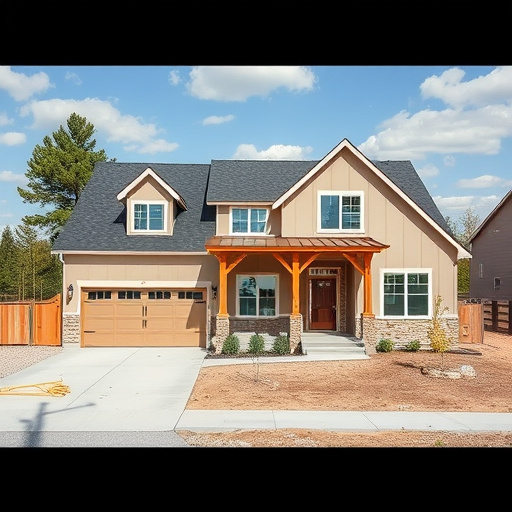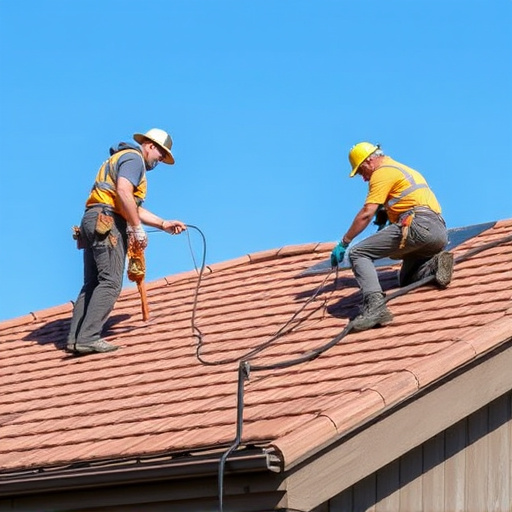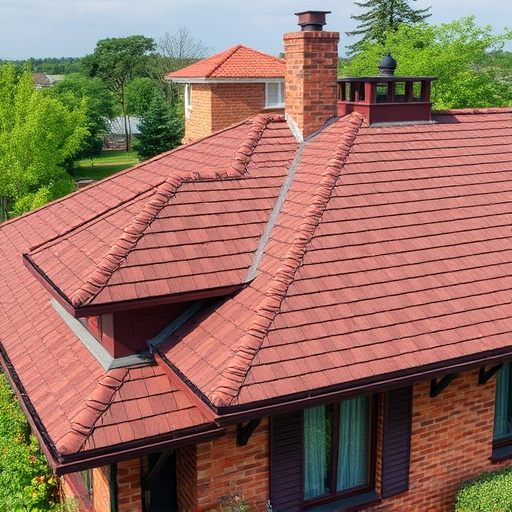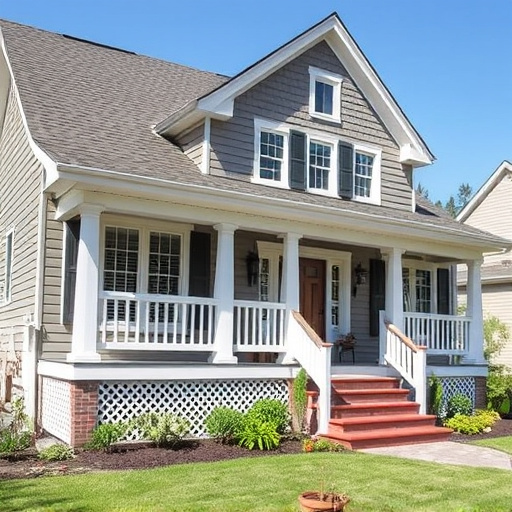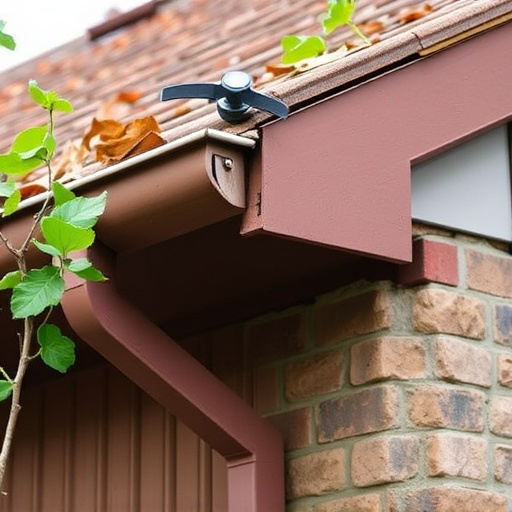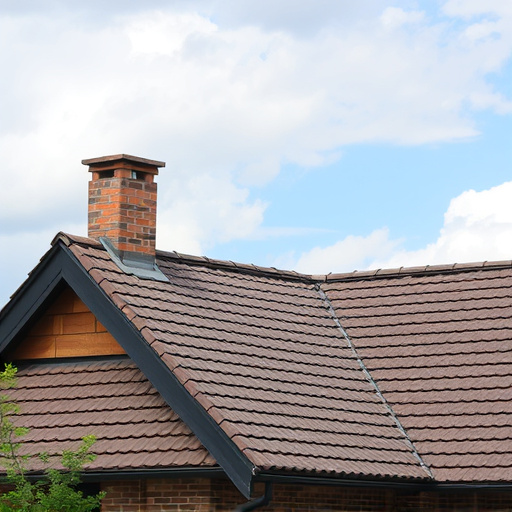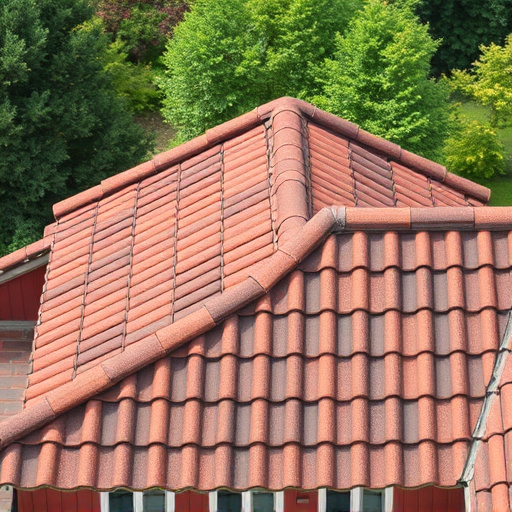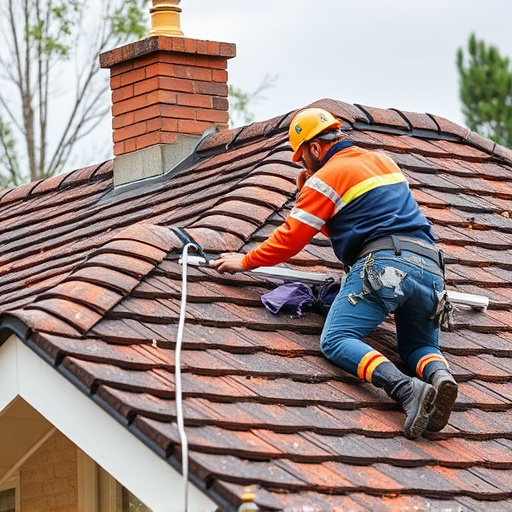Choosing sustainable siding materials is key to a greener future, reducing environmental impact with eco-friendly alternatives like recycled and natural non-toxic finishes. Proper installation, including strategic panel placement and sealing, enhances energy efficiency and longevity for both residential and commercial siding options.
Choosing sustainable and eco-friendly siding materials is an important step in reducing your home’s environmental impact. This comprehensive guide explores the significant role siding plays in energy efficiency and environmental protection, while offering insights into exploring and installing green siding options for your home. From understanding the impact of different siding materials to practical installation tips, this article covers everything you need to make an informed decision for a more sustainable future.
- Understanding the Impact of Siding Materials
- Exploring Eco-Friendly Options for Your Home
- Installation Tips for Sustainable Siding Choices
Understanding the Impact of Siding Materials
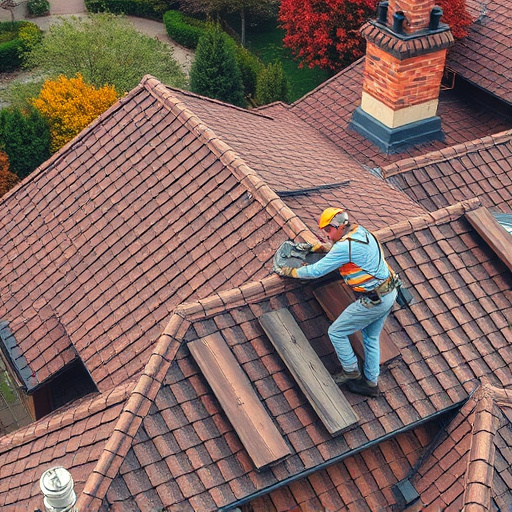
Choosing sustainable and eco-friendly siding materials is a crucial step in contributing to a greener future. Siding, which covers the exterior walls of homes, plays a significant role in energy efficiency, air quality, and even noise pollution. The impact of siding materials extends beyond aesthetics; it directly affects the environment and can have long-lasting consequences. Traditional siding options often contribute to environmental degradation due to their production processes and disposal methods.
Understanding these impacts is key to making informed decisions. For instance, some materials release harmful chemicals into the air during manufacturing or installation. Others may contain toxic substances that leach out over time. Yet, there are numerous eco-friendly alternatives available today. Professional siding consultants can guide homeowners in selecting materials that not only reduce environmental footprints but also offer durability and low maintenance—a win for both your home and the planet. Consider options like recycled materials, energy-efficient products, or natural, non-toxic finishes to ensure a greener choice without compromising on quality.
Exploring Eco-Friendly Options for Your Home
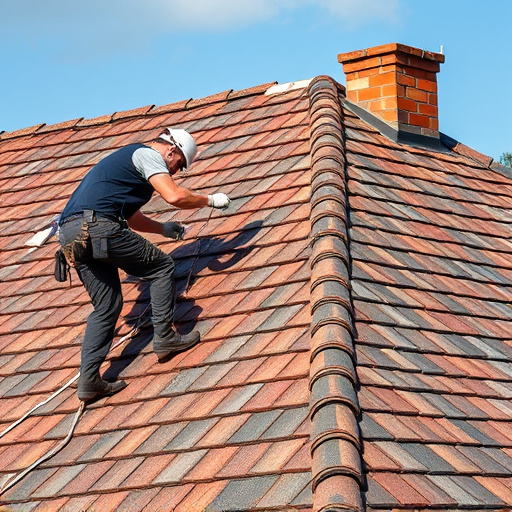
When considering a remodel or new construction, exploring eco-friendly options for your home’s exterior is a responsible choice. Sustainable siding materials offer an opportunity to reduce your environmental footprint while enhancing your property’s aesthetics and value. In today’s market, there’s an array of choices beyond traditional vinyl or wood, each with unique benefits. For instance, fiber cement siding combines durability and low maintenance with its ability to withstand extreme weather conditions, making it a popular choice among environmentally conscious homeowners.
This shift towards eco-friendly roofing and siding is not just about the materials themselves but also their lifecycle impact. Products like recycled metal or plant-based vinyl reduce waste and greenhouse gas emissions associated with manufacturing. Additionally, proper installation practices for both new and existing siding and gutters can contribute to energy efficiency, ensuring your home stays comfortable year-round while minimizing its carbon footprint.
Installation Tips for Sustainable Siding Choices
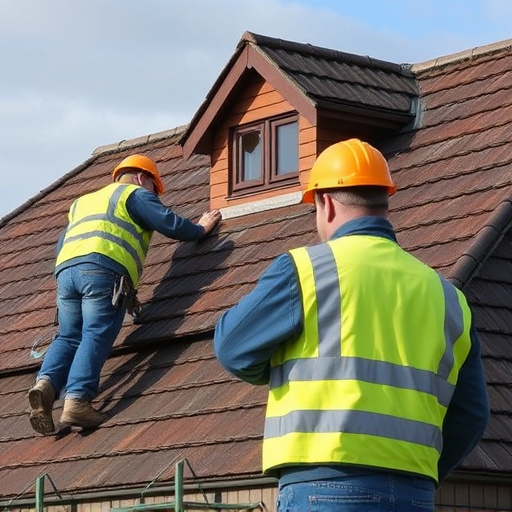
When opting for sustainable siding materials, proper installation is key to ensure their longevity and environmental benefits. Begin by preparing a detailed plan, taking measurements accurately and considering the layout of your property. Choose a suitable location for each panel, ensuring proper drainage and avoiding areas prone to extreme weather conditions that could compromise the material’s integrity.
Engage professional siding services for expert advice and installation, especially when dealing with eco-friendly options like recycled materials or natural fibers. Proper placement, sealing, and flashing are crucial for commercial siding, as these measures protect against moisture damage, a common issue with traditional siding materials. Remember that roofing and siding work hand in hand, so a seamless integration of both will enhance your home’s overall energy efficiency and curb appeal.
When choosing siding materials, opting for sustainable and eco-friendly options not only reduces your environmental footprint but also offers long-term benefits. By understanding the impact of different materials and exploring green alternatives, you can make an informed decision that enhances your home’s aesthetics while contributing to a healthier planet. With proper installation tips in hand, you’re well-equipped to embrace sustainable siding choices that stand the test of time.


